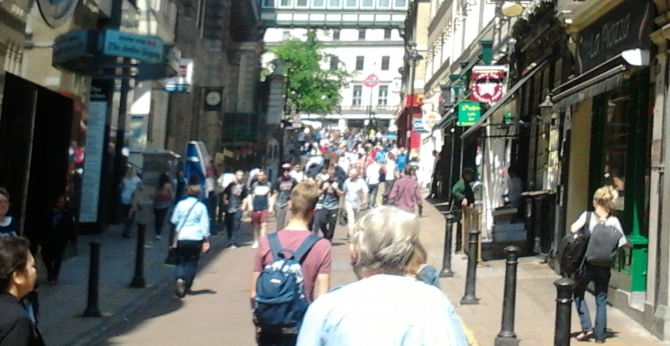In recent months a wealth of statistics has been used to demonstrate improving conditions on the high street. The fact that much of this evidence appears contradictory only adds to the feeling that the retail recovery remains subject to sharp turns and sudden changes in consumer confidence.

The latest figures come from the Office for National Statistics (ONS) and, once again, include somewhat muddled indicators.
Retail sales volumes climbed by 1.6 per cent in the period from the 1st of April to the 30th of June when compared to the previous three month period.
In addition, retail sales rose by 4.5 per cent since the second quarter of 2013, marking the strongest quarterly calendar growth since early in 2004.
Unfortunately, despite the exceptionally strong quarter, sales growth grew only minimally between May and June, with the 0.1 per cent increase markedly lower than the 0.3 per cent predicted by economists in a poll by Reuters.
The year on year rise of 3.6 per cent was also lower than the 3.9 per cent forecast, sparking fears that consumers are cutting back on spending in preparation for an interest rates rise by the Bank of England later this year.
However, analysts believe that another factor may have been at play in the somewhat disappointing June – a surprise spike in inflation. This, they believe, could have put some consumers off visiting their local retail district amidst fears of a further drop in spending power.
Furthermore, the ONS report also highlights a surprise lift in the cost of clothing, footwear and textiles in June; a period in which retailers have traditionally chosen to cut prices as a means of boosting sales going into summer.
The 2 per cent rise in prices seen last month is the first time retailers have chosen to increase clothing prices in the month of June since 2007.
Another issue which remains to be resolved is the still stagnant pace of wage growth, which failed to meet expectations for a further quarter.
Although unemployment has been massively reduced lately, employers are still failing to raise wages sufficiently to keep pace with the cost of living, and economists are worried that this may prevent consumers from continuing to drive overall economic growth.
Fortunately, a report released by the Confederation of British Industry (CBI) has hinted that June’s dry spell is not expected to last, as July so far has seen a further comfortable increase in sales volume. In a similar vein, retailers are confident that August will prove to be a strong month, with expectations for a boost to consumer spending rife throughout the retail industry.
What these mixed figures tell us about the strength of the retail recovery appears as difficult to deduce as the mood of consumers from one month to the next!